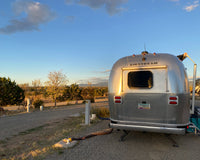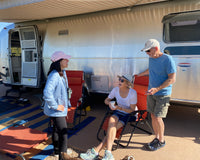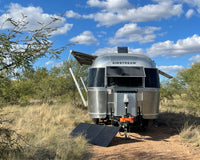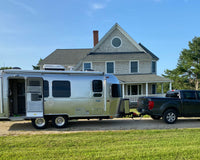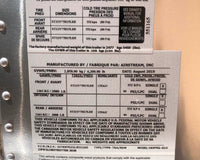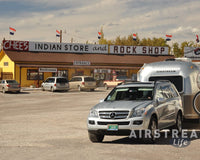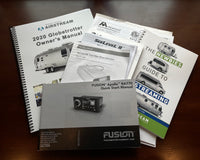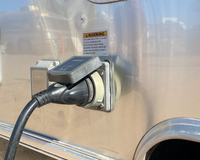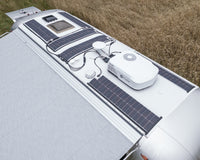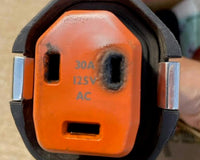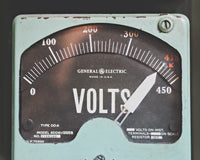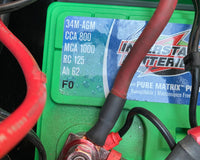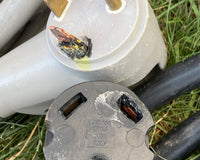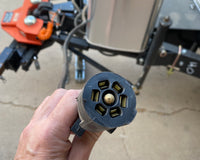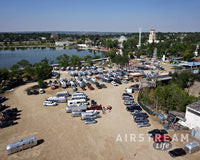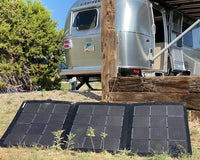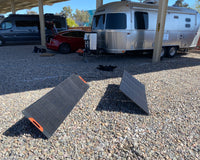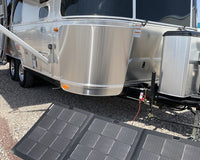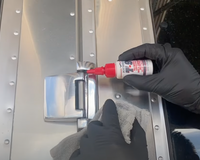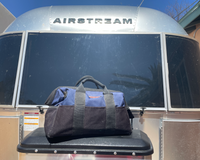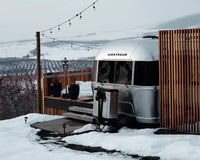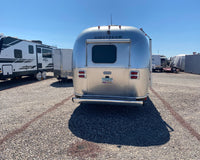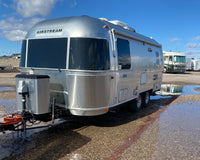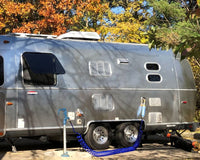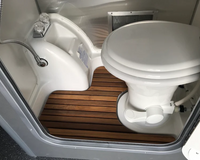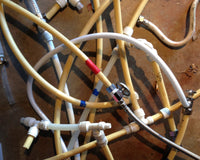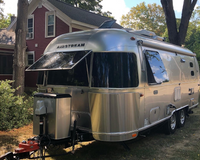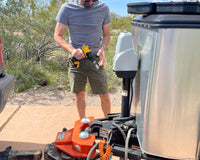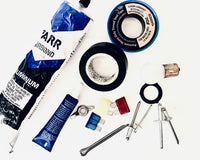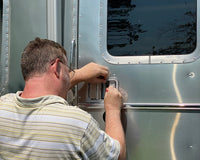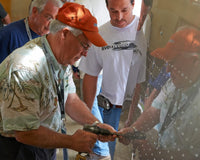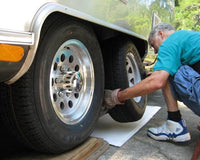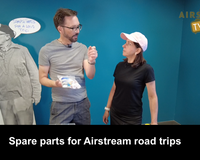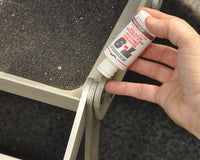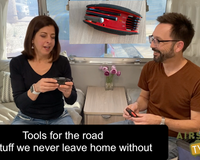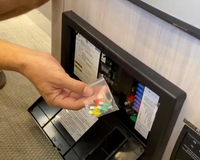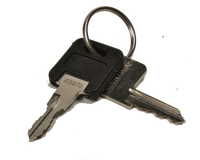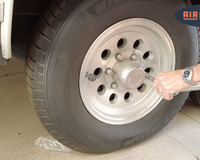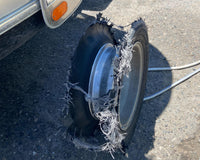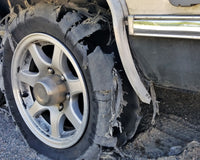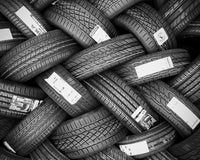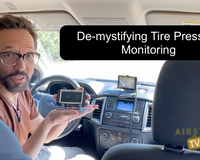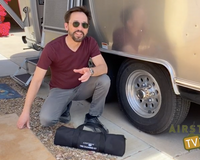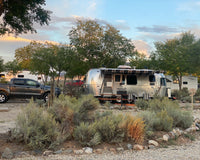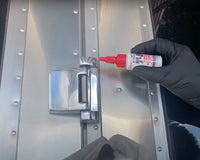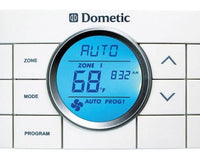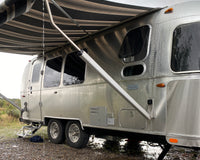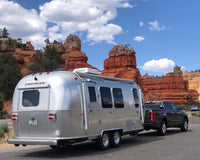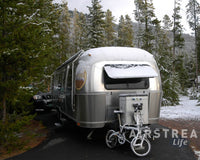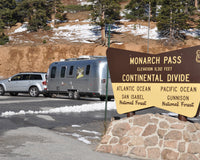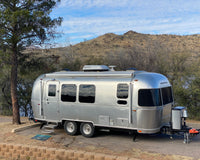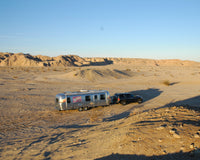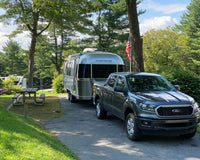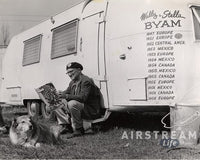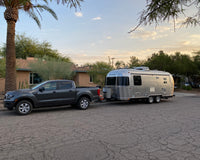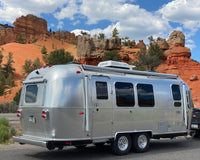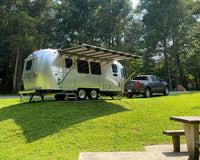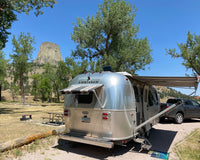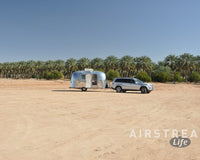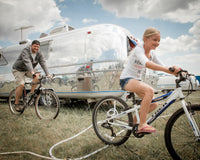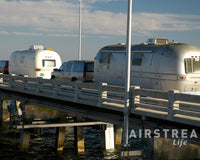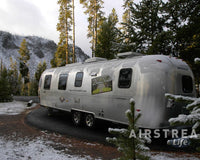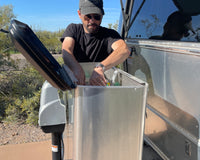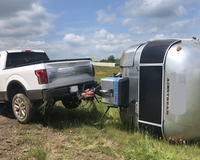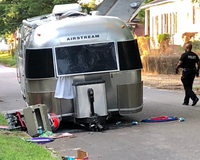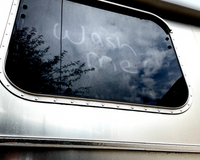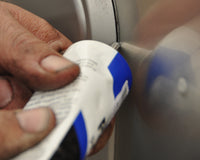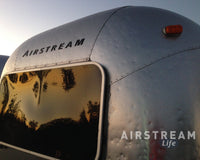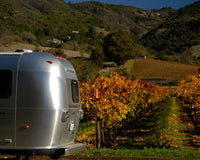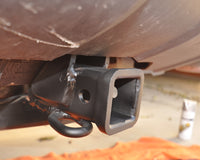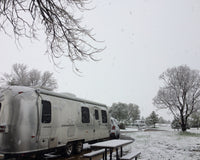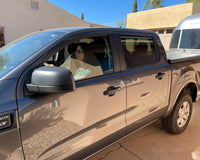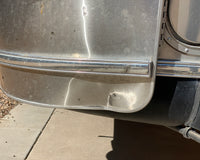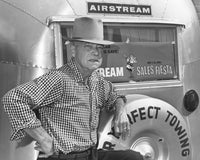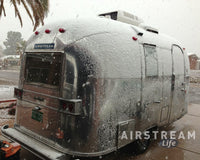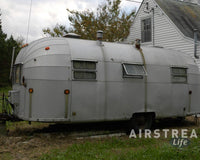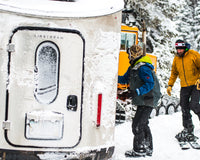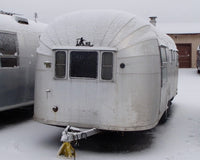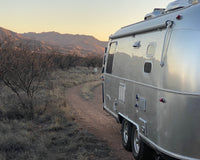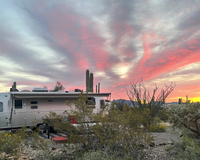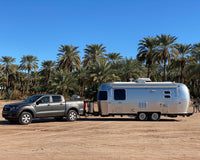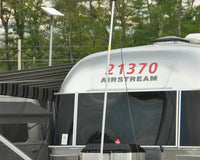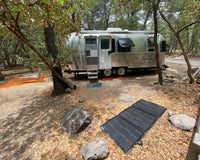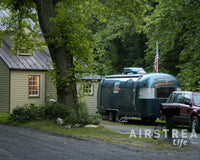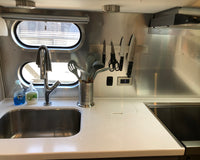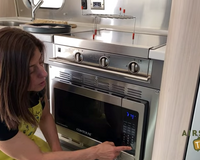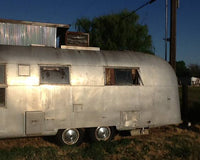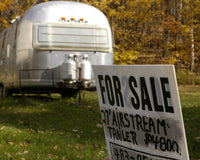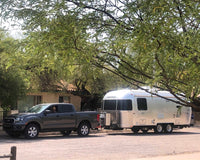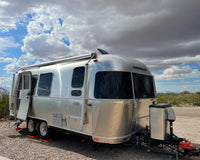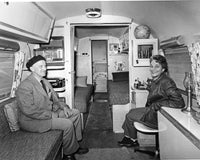Buying an Airstream or RV is very exciting. But once you’ve got your 6,000+ pound baby home, you’ve got some learning to do. Avoid common new owner mistakes with these tips.
1. Learn how basic operational systems work
Stories abound about new Airstreamers who do things like attach the drinking water hose to the black tank flush and accidentally create a “chocolate fountain” on their first trip. Or fail to winterize and find that the Airstream floods with water in the spring. Or overlook the importance of spare entry door keys–and get locked out after their door slams shut. (Yes, all these examples are true.)
So get the answers to important operational system questions before you head out on your first trip. How do you check the battery charge? Where is your inverter switch? How do you switch over to the second propane tank? And quite importantly…How do you dump the gray and black water tanks?
Read your Owner’s Manual, talk with Airstreamers in your local ACI club, consult the Newbies Guide to Airstreaming, and watch videos by credible sources. Learning is a journey, but be sure to know the essentials before you leave the driveway.
2. Don’t skip a “shakedown” trip (or two)
The first trip or two are essential for learning your rig, testing your checklists, and figuring out what needs fixing or buying before your next trip. On these shakedown trips, keep a log of items you need to add to your tool bag or storage compartments. You should also take note of things you need to learn before the next trip.
We suggest a location not more than an hour from home so you can easily bail if something goes wrong. For example, the first shakedown trip in our 2020 Globetrotter failed before we even left the neighborhood due to a faulty brake controller. It was disappointing to drive around the block and back home, empty the fridge, and move all of our stuff out. But the beauty of a shakedown trip is that you figure out major safety issues like this one.
TIP: Plan the trip so you arrive at your destination before dark. It’s difficult even for experienced Airstreamers to set up in the dark, let alone when you are new. Make sure you have plenty of daylight so you can take your time and get things right.
3. Understand weight distribution
Weight distribution is the key to proper hitching and towing. Failing to understand this can quite literally kill you.
We cringe every time we see an improperly hitched RV on the road. One telltale sign is when the hitch sits lower than the height of the RV, slightly raising the front end of the tow vehicle. This unbalanced setup can affect the handling of your truck, and increase the risk you will lose control and have an accident.
So, every newbie must know the weight of the Airstream when it's loaded, the amount of tongue weight, and the proper way to use this information to safely hitch up. For more detail about weight distribution, why it’s critical, and how to weigh your Airstream, read this blog.
4. Don’t underestimate the importance of checklists
Experienced Airstreamers know the value of following a checklist for packing, departure, safety checks, and set-up. Rich and I rely heavily on ours, and when we rush to get on the road and fail to use them, we forget important stuff! (A few recent examples: the TPMS monitor charging cable, binoculars, hiking boots, olive oil, contact lens solution.)
When you are new to Airstream and RV travel, it’s essential to have a set of checklists, and use them every time you prepare for a trip, arrive in the campground, and pack up to leave for home.
It’s also important to have safety checklists. For example, before you leave the driveway, you should always do these things:
- Check tire pressure and inspect tires
- Walk around the Airstream to be sure all windows and doors are shut tightly
- Verify that front steps are stowed
- Make sure there are no low wires or branches in the way of the Airstream roof
You’ll find good basic RV checklist templates all over the Internet and in the Newbies Guide to Airstreaming. We also cover the details of different checklist types in this blog.
5. Invest in a GPS
Google Maps and Waze work great if you are in or around cities that have a strong Internet connection and cell service. But when you start traveling in your Airstream, you will realize just how many parts of the US do not have sufficient cell service to run these apps.
For example, wide swaths of the western and plains states, a good deal of the southwest, various mountain ranges, national parks, state parks, and small towns do not have good coverage. And many of these are the beautiful places where you'll want to take your Airstream!
That's why a GPS is an absolute must-have for every Airstreamer. Trust us; you do not want to travel without one.
6. Watch your speed
Towing an Airstream or RV is an entirely different experience than simply driving your tow vehicle. You know those yellow signs that you see around curves and at the tops of steep grades, the ones with lower speed limits and other warnings? Those signs are for you.
You must drive more slowly when you are towing. Not only is it safer, you’ll get better gas mileage too.
7. Learn the basics of Airstream maintenance
Part of being an Airstreamer owner means learning how to maintain your shiny silver investment. If you don’t, you will find yourself canceling trips for simple things you could have resolved with a few tools and products–or spending lots of money on service appointments for things that would cost you a few bucks at a local hardware store.
Here are a few of the essentials every Airstreamer should know how to do (or have a travel partner who can):
- Check tire pressure and inspect tire condition (This video shows you how)
- Replace a fuse
- Lubricate hinges, latches, locks, awning and hitch (This video shows you what needs lube)
- Disconnect / reconnect the battery (and know the result of what doing so does)
- Fix a simple plumbing leak
- Inspect and clean the power cord and 7-way plug (This video explains how and why!)
- Detect a gas leak and tighten a gas connection
- Replace a missing rivet
If you aren’t all that handy, don’t worry: none of the above take special skills and all of them can be easily learned. Review your Owner's Manual or get a copy of The (Nearly) Complete Guide to Maintaining an Airstream and get a handle on the basics.
We also recorded this webinar on Maintenance Essentials to give you a good overview of things you need to know.
8. Know what solar can and cannot do
Most Airstreams roll off the lot with rooftop solar these days, which is why every Airstreamer should understand how the solar system works. It’s a lot simpler than you think.
First, understand that nothing in the Airstream "runs on solar.” What solar power does is charge the batteries. The batteries run the systems and appliances in the Airstream.

With your batteries charged, you can use everything in the Airstream that runs off the batteries. But if something does not run off the batteries, solar power does not change that. For more, see our blog, "Solar Simplified!"
Also recognize that rooftop solar panels are great, but they don’t work well if you are parked in the shade or under cover. The most cost effective way to add capacity to a rooftop solar system with portable solar panels.
9. Learn the basics of battery life
This has become much more important since Airstream switched to all-electric refrigerators, and Airstreamers began traveling with more electronic devices such as laptops. We are often contacted by Airstreamers who can’t figure out why their battery keeps dying during travel, or when their Airstream is in storage.
This is important to understand, because repeatedly killing the batteries will soon result in the need to buy new ones. We've written about this in our blog "Why do my batteries keep going dead?"
To keep batteries topped off during travel, rooftop or portable solar is a good option. There are other tips you can use as well, which you can read about here.
In storage, make sure your Airstream has access to power, or sufficient sunlight on the solar panels to keep the batteries charged.
Upgrading to lithium (LiFePO4) batteries can help with this problem. LiFePO4 batteries can tolerate being deeply discharged over and over, and will not lose their charge during storage if they are disconnected. They are also “smart” and will shut themselves off in extreme cold. However, they do cost a lot more than wet-cell batteries, so keep that in mind. For more, see our "Diary of a lithium battery upgrade".
TIP: Consider the batteries when you take your Airstream in for service. Many service centers won't keep the Airstream plugged in, which will probably discharge the battery to zero in the service bay, and shorten its life. Too much time sitting unplugged in a service center is going to cost you a new set of batteries, and it’s you that will be paying for them. This is one of the many reasons to learn how to perform basic maintenance yourself.
10. Pay attention to water quality and safety
The most important thing you can do to ensure safe water in your Airstream is sanitize the plumbing. Unlike your house, you need to do this regularly in an RV. The procedure involves mixing some bleach into the water and letting it sit in the plumbing for a few hours. It's not hard, and we have a simple procedure for it.
The second most important thing is to get a good drinking water hose. Common RV drinking water hoses are easily found everywhere, but they don't last very long and they have a few weaknesses. For example, they're not rated for hot water, so when they lay out in the sun, you'll taste the vinyl (and ingest whatever chemicals are leaching into the water). We recommend a better quality hose that won't have such issues, and will last for many years.
Finally, consider using a filtration system that will clean up all the water as it enters the Airstream. The bare minimum is a charcoal filter, which will improve taste and filter out big contaminants. If you want do catch smaller contaminants like germs, we recommend and use the Blu Technology Water Filtration System. This system works great, doesn't take up countertop space, and it fits in an exterior compartment when you're not using it.


